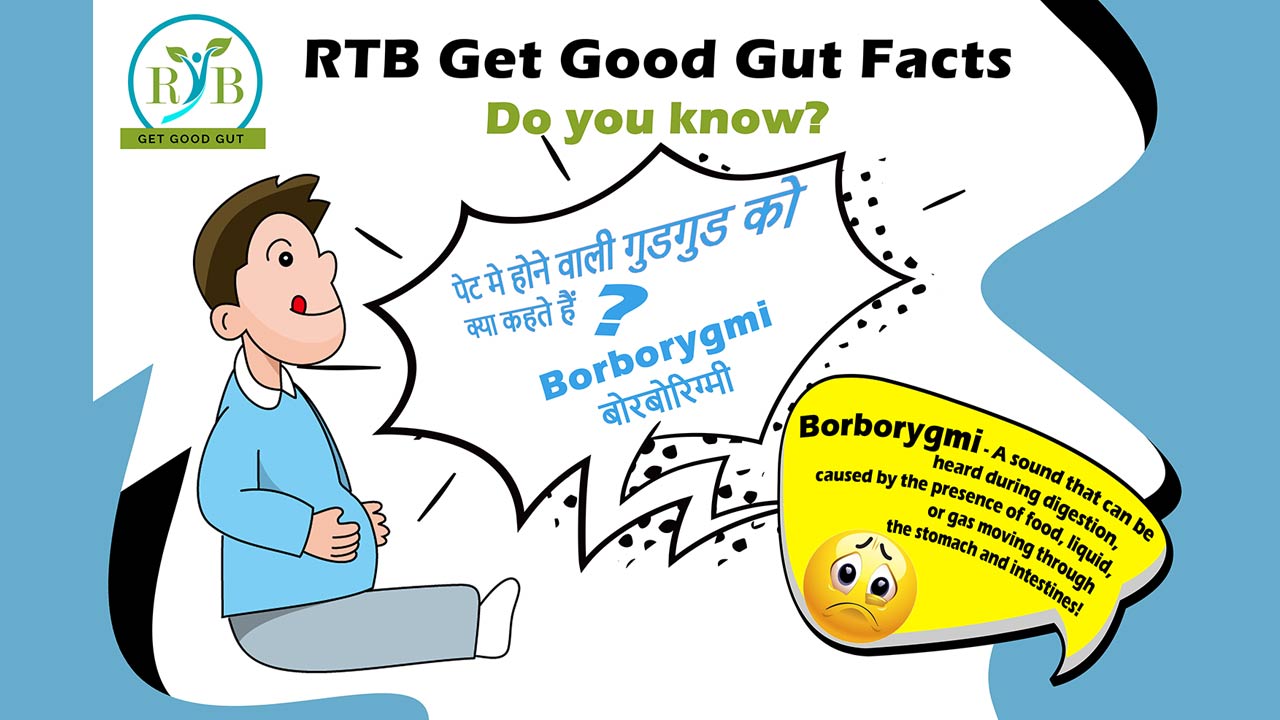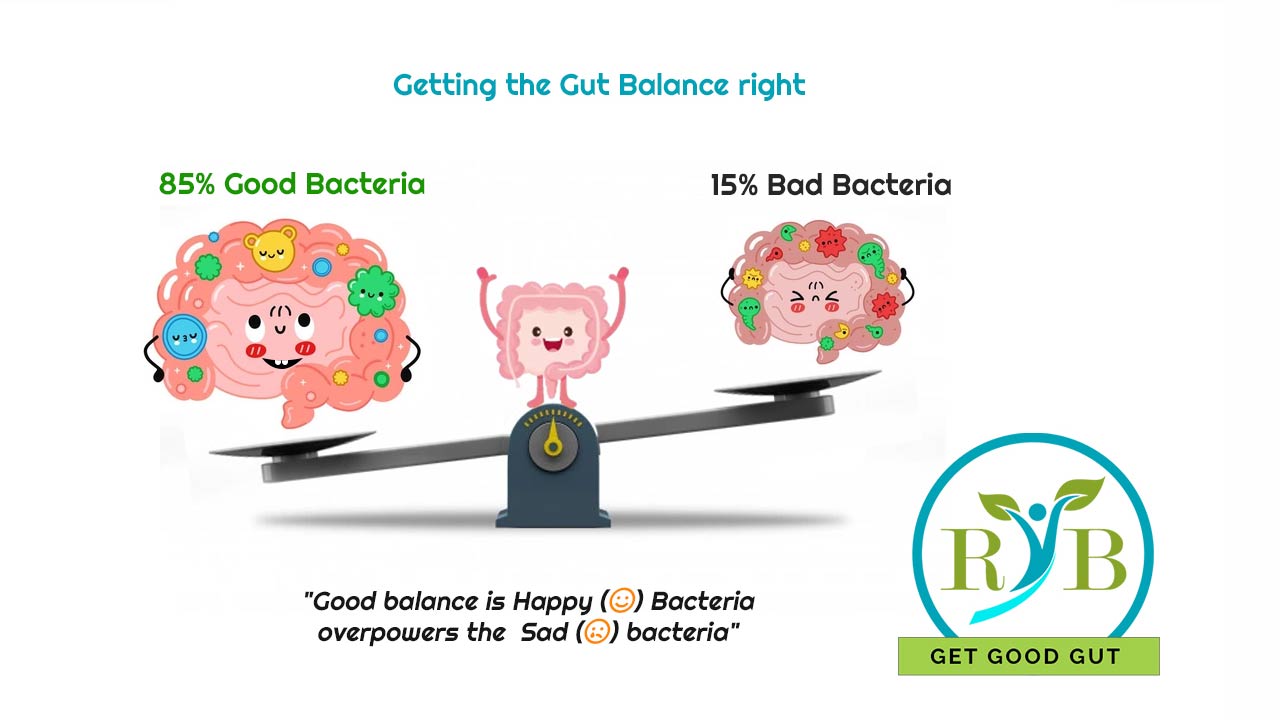Tag: #drink
Acid in our stomach is so powerful- It can dissolve razor blades
The acid in our stomach that is HCl hydrochloric acid ( pH 2) is so powerful that it can even dissolve razor blades. Of course, we are not supposed to actually get razor blades in our body, but this is just to indicate how strong your body acids are, if they can dissolve something like metal.
Food for thought:
If it is too powerful then how does it not harm the cells in the stomach?
Well, the cells in the lining of the stomach regenerate so rapidly that HCl does not get enough time to destroy them (The intestinal epithelium is replenished every 3–4 days through an orderly process that maintains important secretory and absorptive functions while preserving a continuous mucosal barrier).
Stomach acid’s low pH level is largely attributable to one ingredient: Hydrochloric acid (HCl). Other components include Potassium chloride (KCl) and Sodium chloride (NaCl).
The cells lining our stomach wall secrete this acidic trio. The cells also release several enzymes and mucus. This mucus is vitally important to the process. It protects the lining of your stomach so the acid and other gastric juices don’t damage the sensitive organs.
Scientists have experimented with razor blades, disk batteries and capsules by putting them in an acid-simulating juice to see how best to deal with them if swallowed accidentally. The researchers found that 24 hours later, razor blades lost their original weight and became 63 % Of its weight, and became fragile. Forget what they say about swallowing a seed and having a tree grow inside you. The Ph level in the stomach ranges from 1-3 which is so strong a mere seed cannot hope to survive.
Source:
list of everyday Probiotic and Prebiotic foods
Here is the list of everyday Probiotic and Prebiotic foods that can easily be included in our daily routine.
- Yogurt (Dahi)
- Idli, Dosa
- Buttermilk
- Kombucha
- Dhokla(when fermented with gram flour)
- Kanji ( similar to beet Kvass)
- Banana
- Apple
- Onion
- Garlic
- Lentils
- Psyllium Husk (Isabgol)
Probiotics and Prebiotics: What’s the Difference?
Probiotics and Prebiotics: What’s the Difference?
If probiotics are flowers in a garden, then prebiotics would be soil where the flowers grow.
Probiotics are live microorganisms which when administered in adequate amounts confer a health benefit on the host.
As per WHO (World Health Organization) ‘living microbial supplements that beneficially affect the host animals by improving its intestinal microbial balances’
Probiotics were first conceptualized over a century ago by the Russian scientist and Nobel Prize winner, Elie Metchnikoff of the Pasteur Institute in Paris.
Metchnikoff was the first to introduce the idea that consuming live microbes may be beneficial to health.
He discovered that the villagers living in the Caucasus Mountains were drinking a fermented yogurt drink on a daily basis. His studies into the drink found that it contained a probiotic called Lactobacillus bulgaricus which seemingly improved their health and increased their lifespan
He suggested that it was possible to replace harmful microbes in the gut microbiota with beneficial ones.
We have trillions of microbes on and in your body. These microbes are a combination of:
- Bacteria.
- Fungi (including yeasts)
- Viruses.
- Protozoa.
For a microbe to be called a probiotic, it must have several characteristics. These include being able to:
- Be isolated from a human.
- Survive in our intestine after ingestion (being eaten).
- Have a proven benefit for us.
- Be safely consumed.
Examples:
- Yogurt
- Kombucha tea
- Kefir (dairy; non dairy)
- Pickles (unpasteurized)- Probiotic Mix Vegetable pickle
Prebiotics
Are non-living- a type of fiber that the human body cannot digest. They serve as food for probiotics.
They are specialized plant fibers. They act like fertilizers that stimulate the growth of healthy bacteria in the gut.
Prebiotics are found in many fruits and vegetables, especially those that contain complex carbohydrates, such as fiber and resistant starch. These carbs aren’t digestible by your body, so they pass through the digestive system to become food for the bacteria and other microbes.
Examples:
- Legumes
- Beans
- Peas
- Oats
- Bananas
Synbiotic – mixture of probiotics and prebiotics that beneficially affects the host by improving the survival and activity of beneficial microorganisms in the gut.
Will be discussed in the next upcoming blogs.
Source:
Recycling Metchnikoff: Probiotics, the Intestinal Microbiome and the Quest for Long Life
https://www.ncbi.nlm.nih.gov/pmc/articles/PMC3859987/
Probiotics, prebiotics and synbiotics review
Getting the Gut Balance right (Good Vs Bad bacteria)
Getting the Gut Balance right (Good Vs Bad bacteria)
We have 2 sets of bacteria GOOD and BAD. The good bacteria live in harmony and provide us with various health benefits.
To GET GOOD GUT we should have a healthy balance estimated around 85% of good bacteria and 15% bad bacteria.
How do the Good Guys get destroyed by the Bad Guys?
Sometimes, it’s a necessary evil, such as when you have to take antibiotics or strong medication to kill a bad throat infection or fever. However, the antibiotics also kill your good bacteria, which can lead to compounding problems such as:
- Bowel irregularity (diarrhea and constipation)
- Yeast overgrowth (can cause itching, burning around your anus and lead to vaginal and oral yeast infections)
- Dysbiosis (the technical name for a lack of good bacteria or a bacterial imbalance)
- Complications such as Irritable Bowel Syndrome (IBS)
When beneficial bacteria is reduced due to stress, alcohol, antibiotics, or a diet high in sugar and processed food, harmful bacteria could populate the gut wall. These bacteria produce toxic products that could disturb gut wall function and increase gut wall permeability, known as “leaky gut.” Allowing leakage of toxic products from the intestinal lumen into circulation.
This has been shown to trigger inflammation, stimulate the nervous system, and impact areas within the brain that regulate behavior and emotional responses. Consequently, contributing to anxiety, depression, sleep disorders, impaired stress response etc.
Diet is an essential factor that can influence gut bacteria. Prebiotic foods such as garlic, onions, asparagus, leeks, chicory, and apples help grow beneficial bacteria.
Probiotic foods such as sauerkraut, kefir, kimchi, kombucha, miso contain beneficial bacteria and too could help improve gut bacteria balance.
SOURCE HTTPS://WWW.NCBI.NLM.NIH.GOV/PMC/ARTICLES/PMC6094972/
Are you on a mission to restore Gut Health?
On the road to good health, it’s important to make sure your intestines are paved with good bacteria.
Are you on a mission to restore Gut Health?
You are not alone. 60 to 70 million people are affected by this in America and more than this world wide.
Since Dr. Google and search engine can’t give you more insight it’s better to seek help from a professional Nutritionist and best educational sources.
Where google wisdom ends, we pick up.
Being a Nutritionist, I came across so many clients whose root cause for health issues is GUT health and nobody addresses this. They try to fix this with short cuts, yo-yo diets, some detox shakes and what not.
My clients were tired of band-aid solutions that fail to address the root cause of their gut health issues. So that’s why RTB ferments came into life!! To serve the Mankind and educate the basics of our Second brain “GUT”.
As they say- If Mommy isn’t happy, ain’t nobody happy. Substitute “GUT” for “Mommy” and you pretty much get the picture.
If your gut is distressed, it won’t perform well and you won’t feel good.
Our gut bacteria: Hard-working cells
Factoid: You have more bacteria in your gut than cells in your body!
Bacteria can be classed as harmful or helpful. Beneficial bacteria are like busy tourists in our guts. They come and go. We don’t have a permanent supply, so for a vibrant gut “economy,” we need to continually replenish them via diet.
Our gut bacteria vary depending on age, gender, diet, geography, hygiene, stress and medication use. Birthing method (C-section vs. vaginal delivery) and first foods (breast milk vs. formula) can also determine what bacteria colonize our gut, with breast milk being an “immunological asset,” because it generally increases the number of friendly bacteria.
Beneficial gut bacteria help manufacture vitamins (B12, K, B6, B5, B3, folate and biotin), enhance absorption of minerals, fight off pathogens, digest food, and metabolize drugs. They even influence total body metabolism!
Do You Need More Probiotics
Chances are good that the answer is yes. Most people — even those consuming healthy diets — simply don’t get enough probiotics on their own and can benefit from more, especially if they have any inflammation.
It’s generally safe to try increasing probiotics in your diet on your own, too. There are hundreds of types of probiotics, but the most common ones are lactobacillus and bifidobacterium. You can find one or both of these in fermented dairy products like kefir, yogurt, and soft cheeses (check labels to confirm), kombucha (a fermented tea), kimchi, miso, raw sauerkraut, and tempeh. Try including at least one in your diet on a daily basis.
Stay tuned for more…
Source: Learn more on Gut Health science









